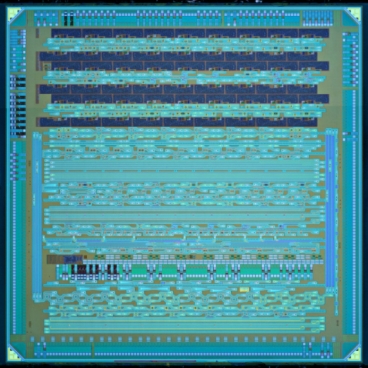The US is the lead fabricator of computer chips globally. However, Chinese and Indian governments witness heavy investments in their respective chip-making capacities. The optoelectronic chip that employs light to activate data has recently shed light on the optical industry.
 A new test chip developed by Vladimir Stojanovic, Rajeev Ram and their colleagues, which monolithically integrates electrical and optical components and was produced on an existing IBM manufacturing line
A new test chip developed by Vladimir Stojanovic, Rajeev Ram and their colleagues, which monolithically integrates electrical and optical components and was produced on an existing IBM manufacturing line
The chip necessitates higher-bandwidth connections with increase in its computational power. The future power consumption of computers will be reduced with the development of optoelectronic chips. Monolithic integration is a technique, which incorporates the combined integration of optics and microprocessor’s electronics, embedded on the same piece of silicon.
Using IBM’s chip-fabrication facilities, researchers Stojanovic and Rajeev Ram have constructed chips with waveguides, photodetectors, and ring resonators that are controlled by on-chip circuitry. In addition, optical and electrical components are developed using different wafers of silicon, merged together resulting in a hybrid wafer. This approach is distantly related to monolithic integration and the piece meal-assembly technique.
But according to Ram, the optical chip will necessitate an electronic capacity if both optical and electrical components were built on separate chips and fused together. Hence, a method of integrating photonics in the plane with the transistor has to be formulated.
With both monolithic integration and chip stacking approaches, off-chip laser will generate data-carrying beam of light. Off-chip lasers benefit several computer operations such as transmission of data between servers, or between a processor and memory. However, on-chip lasers are being used in optics-core communication. Semiconductor-based lasers are used in telecommunications networks.
In 2010, the Thomas Lord Professor of Materials Science and Engineering, Lionel Kimerling and his team demonstrated the first laser created from germanium capable of generating wavelengths of light related to optical communication. This benefits the construction of on-chip lasers, which has wide applications in electronics.